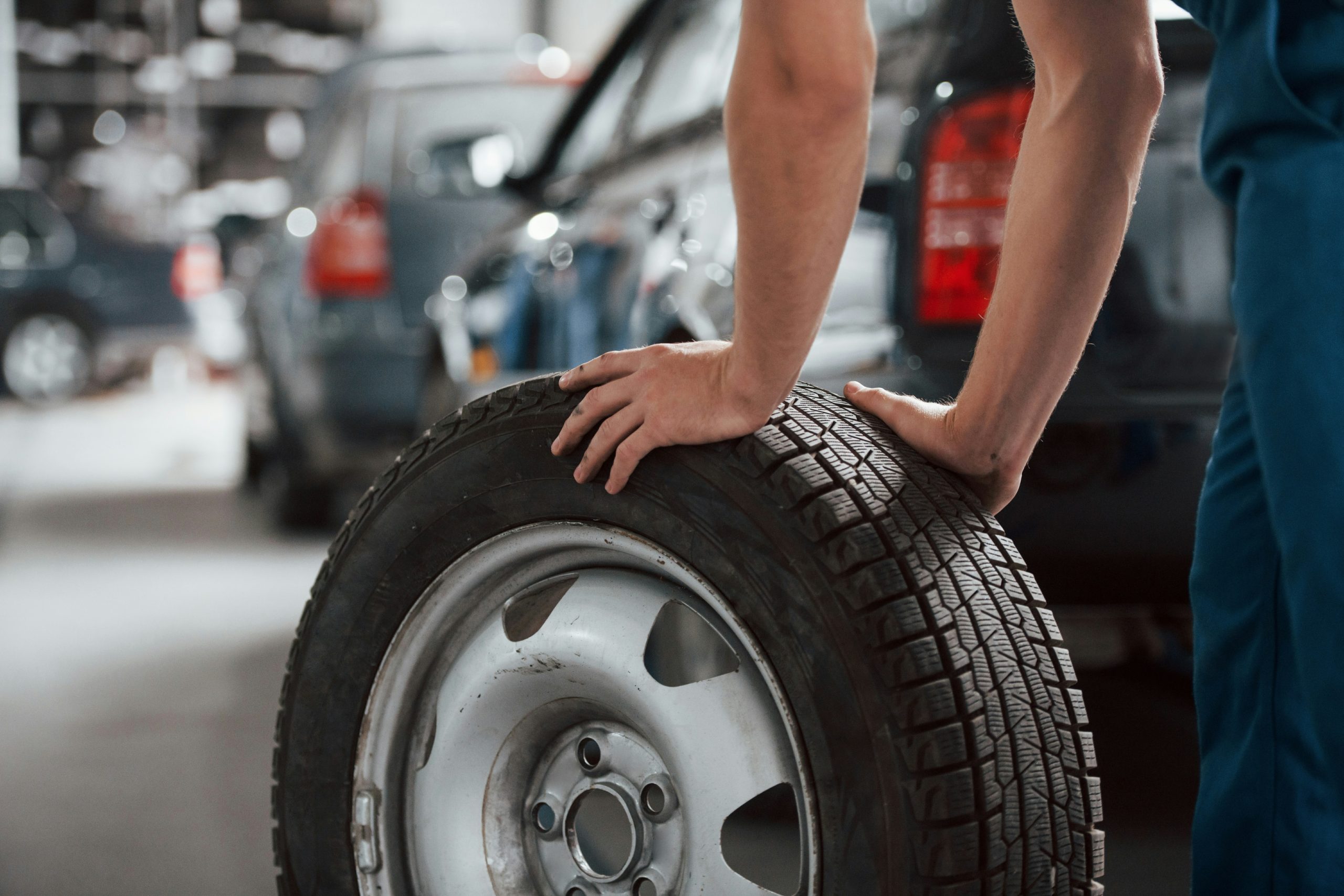Choosing the right wheels for your vehicle is more than just a style decision — it can greatly influence performance, safety, fuel efficiency, and the overall driving experience. Whether you’re upgrading for aesthetics, replacing damaged wheels, or seeking better performance on the road, understanding what makes a wheel the “right” choice is essential.
In this guide, we’ll break down everything you need to know about selecting the perfect wheels, from materials and sizing to bolt patterns and offsets. By the end, you’ll feel confident navigating the world of wheels and making a choice that truly fits your vehicle and driving style.
Why Choosing the Right Wheels Matters
Wheels aren’t just cosmetic; they affect several important aspects of your car:
-
Handling & Stability: The wrong wheel fitment can affect traction and steering.
-
Fuel Efficiency: Larger, heavier wheels can increase fuel consumption.
-
Safety: Improperly sized wheels may cause rubbing, brake interference, or suspension issues.
-
Ride Comfort: Wheel diameter and width influence how your car absorbs bumps.
-
Performance: Sporty drivers benefit from wheels designed for grip and responsiveness.
Taking the time to choose wisely leads to better performance, safety, and driving satisfaction.
1. Know Your Wheel Size Requirements
Every vehicle comes with manufacturer-recommended wheel sizes. These include:
-
Diameter (e.g., 16”, 17”, 18”)
-
Width (e.g., 7”, 7.5”, 8”)
-
Bolt pattern
-
Offset and backspacing
You’ll find this information in your owner’s manual, inside the driver-side door jamb, or through the manufacturer’s website.
Wheel Diameter
Larger wheels offer a sportier appearance and improved cornering but tend to reduce ride comfort because of thinner tires. Smaller wheels are more comfortable and often cheaper to replace.
Wheel Width
Wider wheels accommodate wider tires for better traction but can affect fuel economy and may require suspension adjustments.
2. Understand Bolt Patterns
A wheel’s bolt pattern describes the number of lug holes and the diameter of the circle they form. Common bolt patterns include:
-
5×114.3
-
5×127
-
6×139.7
Your wheel’s bolt pattern must match your vehicle exactly. Even a small mismatch means the wheel won’t mount properly — and forcing it can be extremely dangerous.
3. Consider Wheel Material
Wheels are typically made from steel or aluminum alloy, each with its advantages.
Steel Wheels
-
Heavier and very durable
-
Affordable
-
Great for winter driving
Alloy Wheels
-
Lighter, improving handling and fuel efficiency
-
Better heat dissipation
-
Available in more styles and finishes
Most drivers prefer alloy wheels because they offer the best balance of performance and aesthetics.
4. Pay Attention to Offset and Backspacing
These two measurements determine how your wheels sit in relation to your suspension and fenders.
Offset
Offset is measured in millimeters:
-
Positive offset: Wheel sits closer inside the wheel well
-
Zero offset: Wheel is centered
-
Negative offset: Wheel pushes outward, creating a wider stance
The wrong offset can cause steering issues, rubbing, or premature wear on suspension components.
Backspacing
Backspacing measures the distance between the mounting surface and the back of the wheel. It ensures your wheels have enough clearance to avoid hitting brakes, shocks, or control arms.
If you’re unsure, always follow the factory specs or consult a wheel specialist.
5. Choose the Right Wheel Style and Finish
Wheels can completely transform the look of your vehicle. Consider:
-
Spoke design: From classic 5-spoke to intricate mesh designs
-
Finish: Chrome, matte black, machined, or color accents
-
Durability: Some finishes withstand harsh winters better than others
If you live in a snowy climate, powder-coated or painted wheels may hold up better than polished or chrome options.
6. Performance Consideration
Drivers focused on performance often choose lightweight wheels for better speed and handling. Lighter wheels reduce unsprung weight, improving:
-
Acceleration
-
Braking responsiveness
-
Handling and steering feel
If towing, hauling, or off-roading, you may want stronger, heavier wheels built to handle higher loads.
7. Match Wheels to the Right Tires
Wheels and tires work together, so choosing the right tire type is just as important:
-
All-season: A good balance of performance and comfort
-
Performance tires: Better grip for aggressive drivers
-
All-terrain: Durable for off-road use
-
Winter tires: Essential for snowy or icy conditions
Make sure your new wheels can accommodate the tire size you want.
8. Think About Long-Term Maintenance
Some wheel finishes require more care than others:
-
Chrome wheels can rust if not cleaned regularly
-
Matte finishes should never be polished
-
Painted wheels are durable but may chip over time
Choosing a finish that matches your driving environment helps maintain appearance and longevity.
9. OEM vs. Aftermarket Wheels
OEM wheels (Original Equipment Manufacturer) are designed specifically for your vehicle, ensuring perfect fitment.
Aftermarket wheels offer more customization, but quality varies widely. Always choose reputable brands with safety certifications.
Many vehicle owners, especially those with Dodge, Chrysler, or Jeep models, turn to factory-style options like a MOPAR rim to maintain performance while improving appearance.
10. Budget Wisely
Wheels range from affordable to premium-level pricing. Your budget should consider:
-
Wheel cost
-
Tires (if upgrading size)
-
Installation
-
Possible alignment adjustments
-
TPMS (tire pressure monitoring system) sensors
Spending a little more upfront can save money long-term by reducing wear on suspension and tires.
Conclusion: Choose Wheels That Fit Your Vehicle and Your Lifestyle
Choosing the right wheels for your vehicle is a balance of style, safety, performance, and budget. By understanding wheel size, materials, bolt patterns, offset, and intended use, you can confidently pick wheels that enhance both your vehicle’s look and driving experience.
Whether you’re aiming for a bold appearance, better performance, or simply replacing worn-out wheels, the right choice ensures smoother rides and safer travels. Take your time, ask questions when needed, and always follow manufacturer recommendations or expert advice.

